Oman is one of those countries that attracts tourist around the world and it features a very unique view of a Middle Eastern country. As a resident, it is our privilege to explore this lovely country.
Table of Contents
ToggleEid Al Aldha 2017 holidays has been announced in Oman. This is a special day for all Muslim families around the world. Much like other festivals, it is an occasion for the near and dear ones to bond and spend some quality time together. In Oman, Eid Al Adha is a festive season not only for Muslims, but for all those who reside in the country and also those who happen to be lucky enough to be in Oman at the time of this auspicious festival.
Many residents are already planning to spend the holiday and make the most out of it. OFWs who will be lucky to have their vacation during these days will for sure travel to some of the tourists spot in Oman.
This also the time that most of us who are working in this country have the chance to visit the nice places with natural beauty.
For starter pack, we rounded up these amazing places for you.
1. Wadi Bani Khalid
About 203 km from Muscat, Oman. It is the best-known wadi of the Sharqiyah region. Its stream maintains a constant flow of water throughout the year. Large pools of water and boulders are scattered along the course of the wadi. As a geographical area, Wadi Bani Khalid covers a large swathe of low land and mountains.
Caves form some of the interesting features of this wadi. These include Kahf Maqal which is one of the Sultanate’s underground chambers. However, reaching this cave takes a lot of effort and visitors should be prepared for the adventure. Springs of water are also common in this wadi. The springs of Ain Hamouda, Ain al Sarooj and Ain Dawwa, among others, are a blessing to the eye as one ventures along the wadis. The village of Badaa is a well-known tourist stop in the valley. The wadi is approximately 270 km from Muscat.
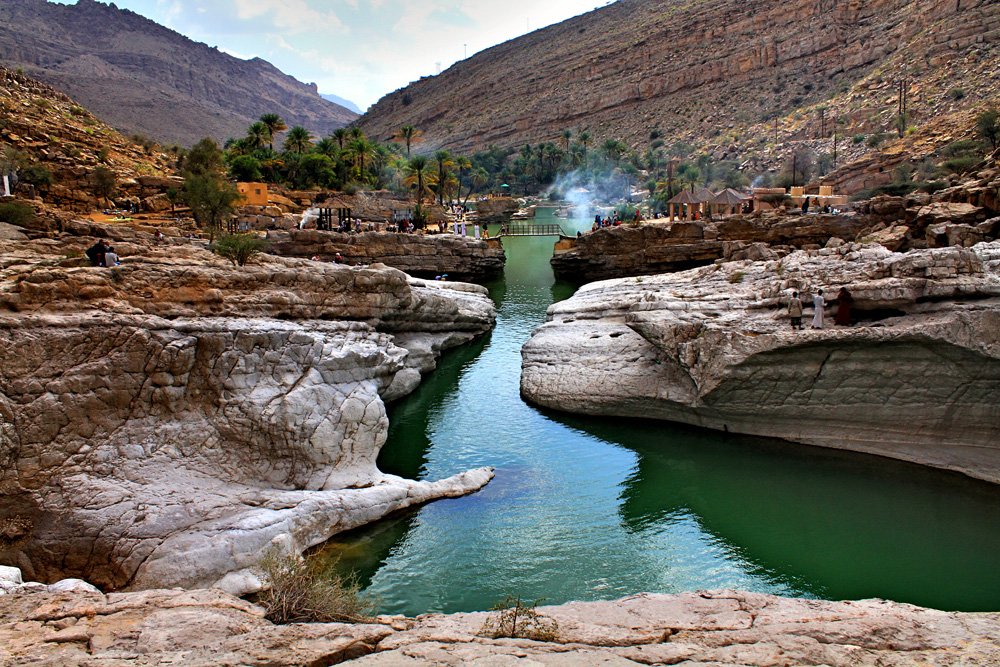
2. Masirah Island
A desolate and deserted destination. If you like having the feeling of being in the middle of nowhere, and in a place where hardly anyone goes, then you’ll love this island off the coast of the Indian Ocean. There are several deserted beaches where you can see turtles laying eggs.
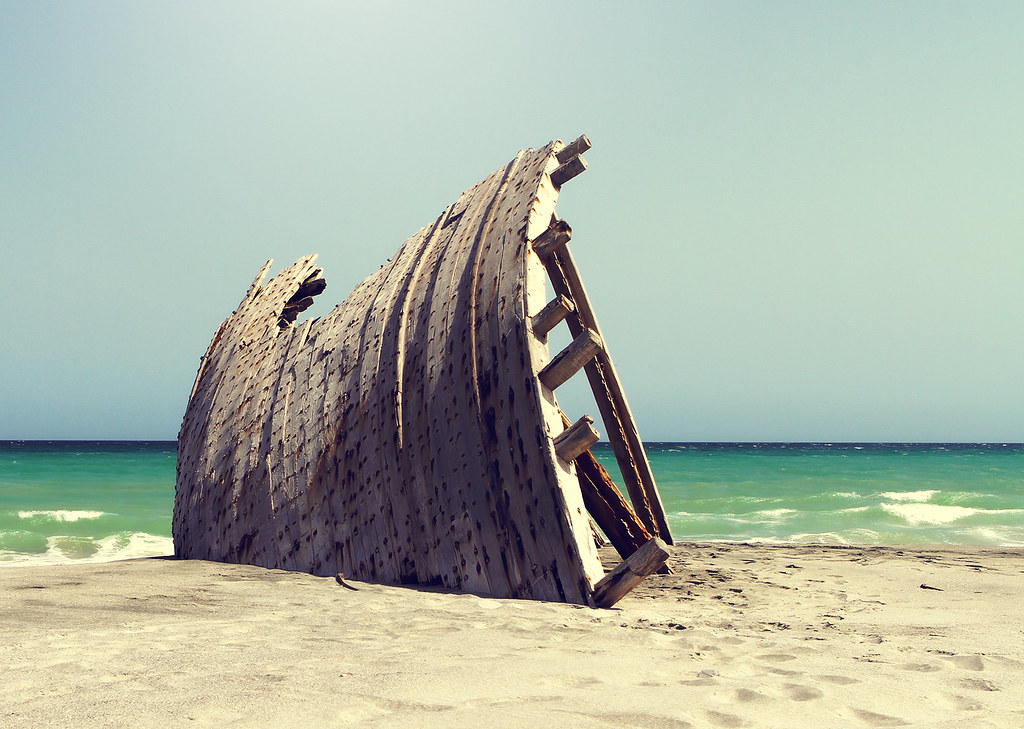
3. Jebel Akhdar
Jebel Akhdar can be translated to Green Mountain, and it is a part of the Al Hajar Mountains. Don’t expect a traditional mountain top, and don’t let the green misnomer fool you. The Jebel Akhdar region is a primarily limestone, and contains the highest point in the entire country of Oman. While not covered in lush forests, the elevation makes for cooler temperatures and more agricultural growth than in the desert below. The area is now protected, and you can hike through beautiful terraces and even spot trees laden with fruit. Hiking might not seem like an appealing activity in the deserts of Oman, but it is the perfect pastime in Jebel Akhdar.

4. Bahla
Another incredible destination in Oman is the city of Bahla, located in Northern Oman. Bahla is a kind of oasis in the desert, and it has been a stopping point of travelers for centuries. Bahla is just 40 km (25 miles) from Nizwa, and it also boasts a spectacular and historic fort. The Bahla Fort dates back to the 13th century, when it was widely under the control of the Banu Nebhan tribe. In addition to exploring the fort of Bahla, you can see the walls of the city, which are made from adobe and stretch for nearly seven miles in length. If you’re in the market for souvenirs, Bahla is widely known for its impressive selection of local pottery.

5. Wahiba Sands
In the center of Oman, desert dunes stretch for miles and create what is called the Wahiba Sands. This is where the Bedu people live, and it is a popular travel destination for those in search of the true, authentic and traditional Oman. Experience the nomadic way of life in the Wahiba Sands by joining a tour that lets you ride on the back of a camel and camp in the desert under the stars. The city of Ibra serves as the major gateway to the Wahiba Sands, and this is where many guided tours begin.

6. Nizwa
In the sixth and seventh centuries, the city of Nizwa served as the capital for Oman. Today, the city is best known for its incredible fort, which was built in the 17th century under the direction of Sultan Bin Saif Al Ya’ribi. However, some parts of the fort date all the way back to the ninth century. The highlight of the Nizwa fort is the enormous cylindrical tower. The fort also has some interesting defense mechanisms, including honey traps and unusually shaped windows for shooting approaching enemies. The fort is also a museum, showcasing 17th century life in Oman. While you’re in Nizwa, you can also check out the souk, or outdoor market, as well as the unusual goat market held two days each week in the city center.

7. Sumhuram Ruins
The ancient port of Sumhuran dates from the third century BC to the fifth century AD. This is one of the most important places of the region’s pre-Islamic time. This was one of the great centers of Frankincense production of South Arabia. The ruins are spectacular, with the amazing surrounding scenery.

8. Al-Baleed Ruins
Al-Baleed ruins are a huge archaeological complex on the coast, near the city of Salalah. Ibn Batuta visited this site in 1329 and reported its beauty. Most of the buildings of the citadel would be built in a typical architectural style of the region of Dhofar, mixing wood and stone.

9. Bimmah Sink Hole
A water-filled depression, structurally a sinkhole, in the limestone of eastern Muscat Governorate in the Sultanate of Oman. A lake of turquoise waters, it is 50 m by 70 m wide and approximately 20 m deep. It is only about 600 m away from the sea, between the coastal towns of Ḑibāb and Bimmah. The sinkhole was formed by a collapse of the surface layer due to dissolution of the underlying limestone. However, locals believe that it was created by a meteorite, “Hawaiyat Najm”, which translates to “The Falling Star” in Arabic, and hence the name.
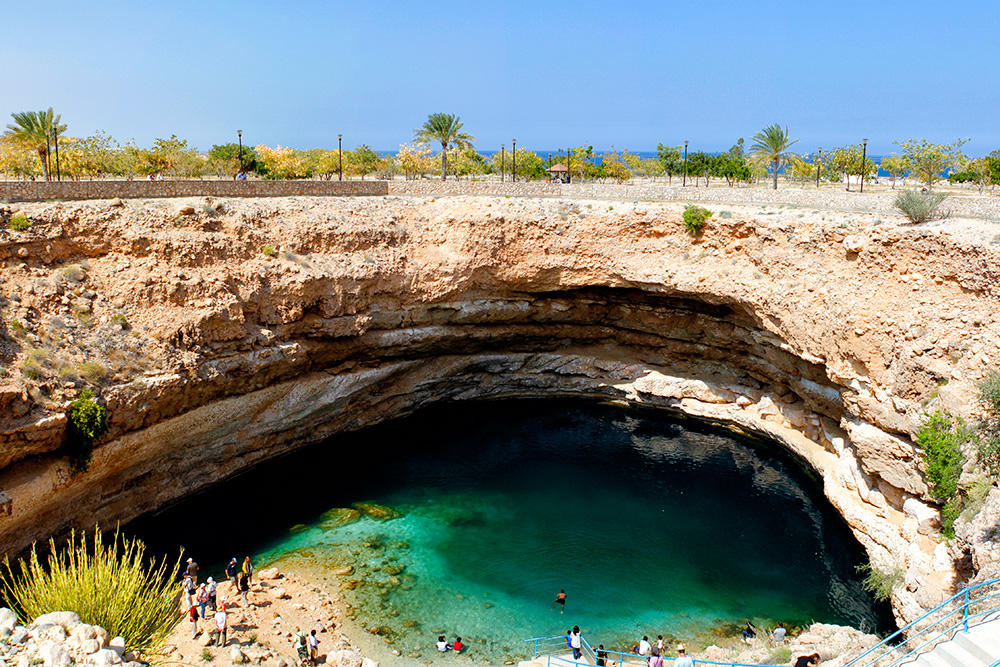
10. Wadi Dayqa Dam
Set in the rugged limestone Wadi (valley) this huge construction is a real contrast of natural Omani beauty and impressive human engineering.
Opened in 2012 the dam was built to collect the periodic rain fall from the high peaks above and control the volume of water flowing through the narrow torrent, ‘dayqah’, to the villages below. This still maintains the ancient “Falaj” irrigation system whilst controlling the surges of water rolling off the hillside.
The dam is quite a spectacle for Oman and is by far the highest in the country. The water lake is 8 kilometres (5 miles) long and can hold 100 million cubic meters of rain water.
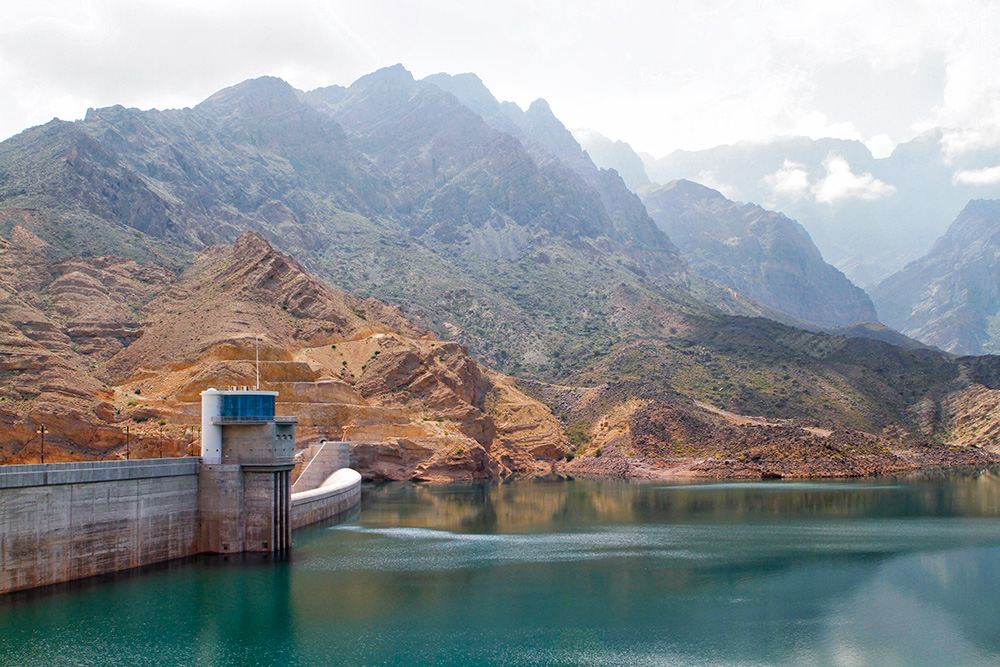
11. Salalah
In Southern Oman is Salalah, a destination sometimes known as the second city to Muscat. Salalah is particularly important today because it is the ancestral home to the Sultan Qaboos, the reigning sultan in Oman since 1970. On a visit to Salalah, you can admire the incredible Qaboos Palace, and you can appreciate older architecture in the Old Town, known as the Haffa. Step even further back in time by visiting the Al Baleed Archaeological Site. Salalah is known for its frankincense trade, so be sure to pick some up as a souvenir from the souk in the Haffa. From June to August, monsoon clouds from India bring a constant rain to the area and, as a result, the coastal region around Salalah is transformed into a green oasis with seasonal waterfalls and streams.
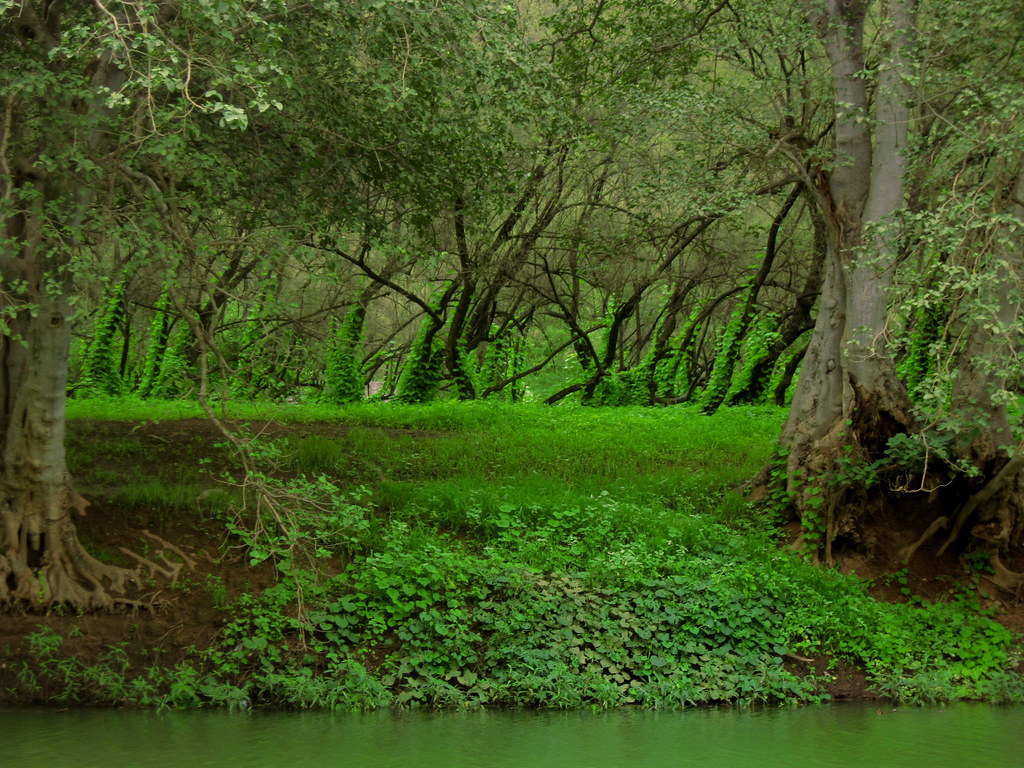
12. Ras Al Hadd
A peaceful beach nearby Sur, which is a two-and-a half hours drive from Muscat, there you can camp, play water sports, and watch turtles, too. Nothing brings warmth and excitement to heart more than spending some quality time by the beach, soaking in the sun, and taking in euphoric smell of the ocean, and listening to the music that crashing waves make.

13. Sur
With an attractive corniche, two forts, excellent beaches nearby and a long history of dhow-building, there is much to commend Sur to the visitor. In addition to its attractions, Sur is a convenient base for day trips to Wadi Tiwi and Wadi Shab and the turtle reserve at Ras al Jinz. It also makes a good halfway rest point on a round trip from Muscat via the desert camps of the Sharqiya Sands

There you have it, if you have other places to suggest, let us know. Leave a comment below.




